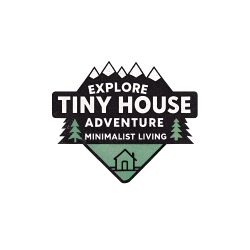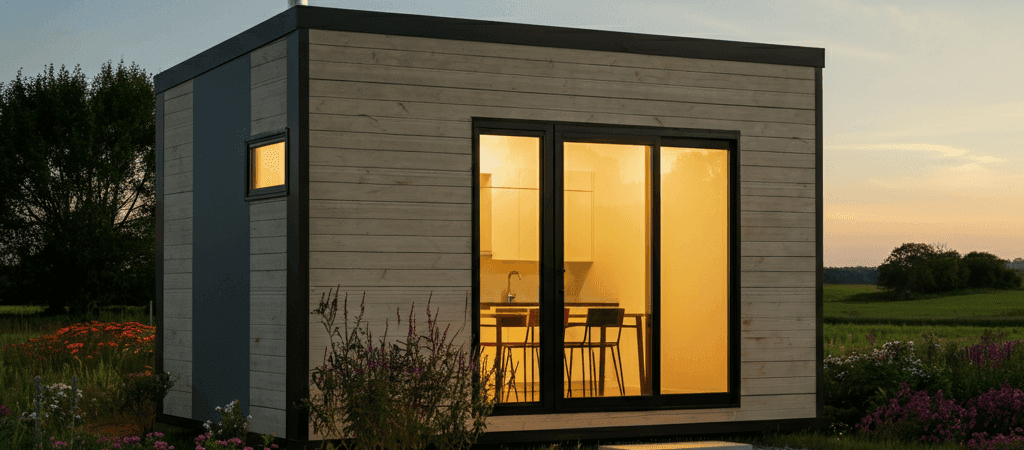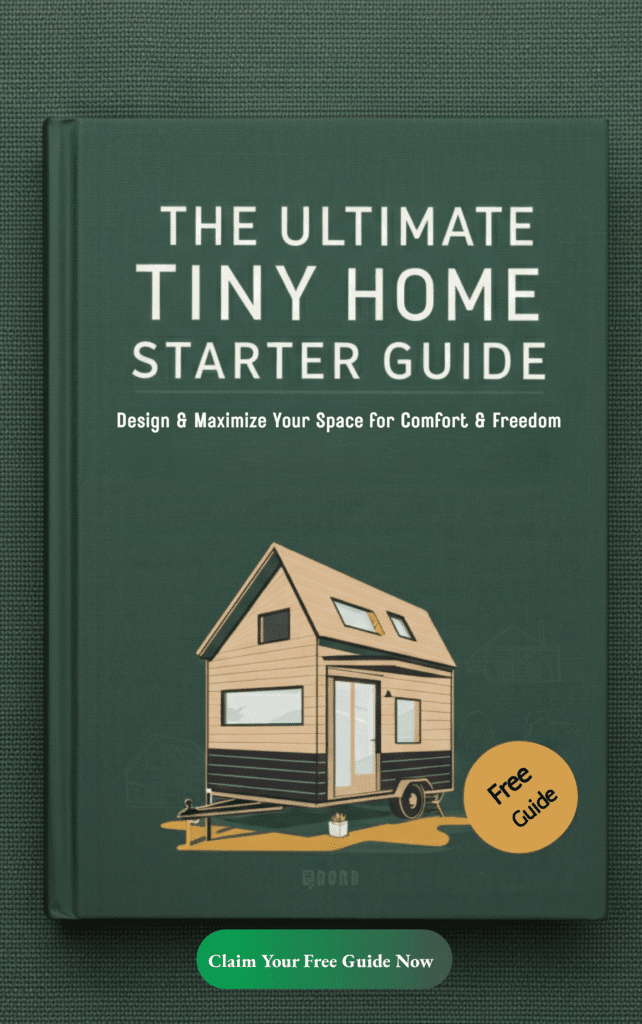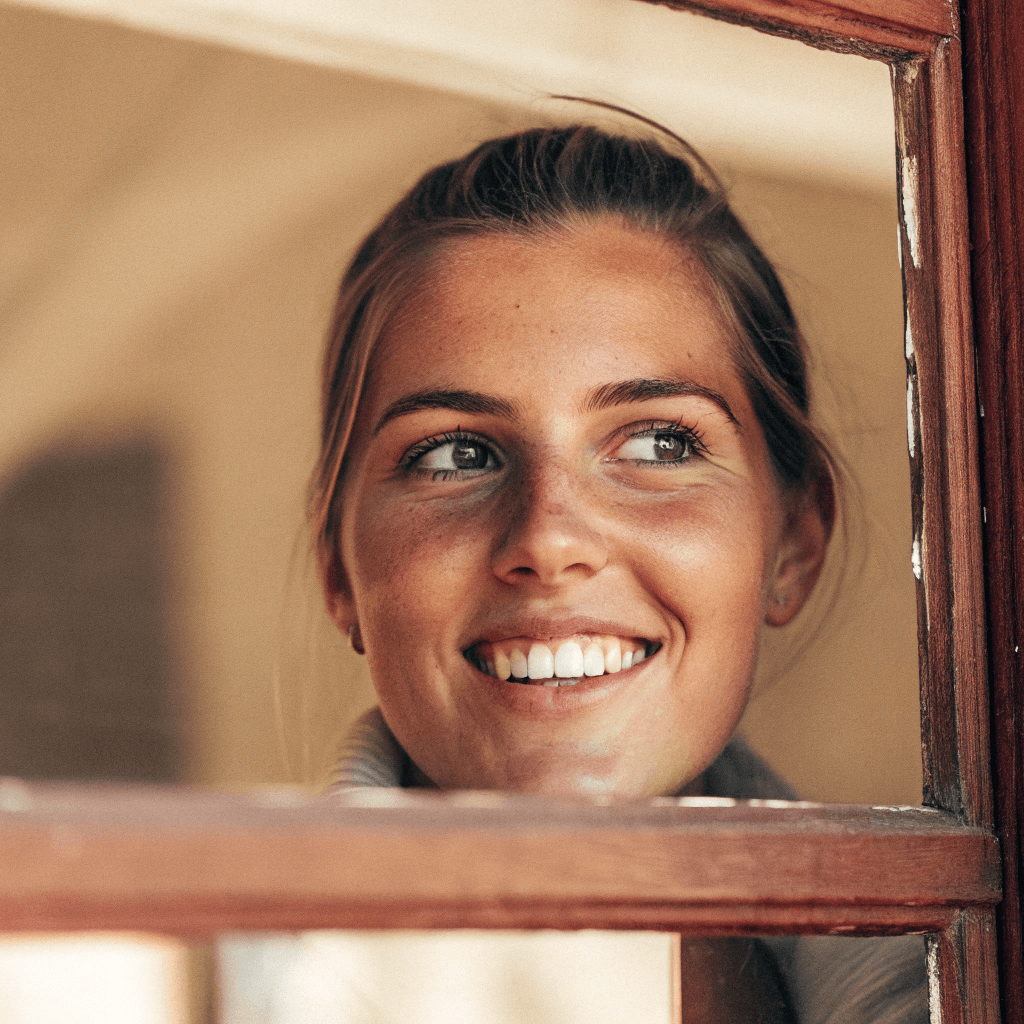Amazon tiny house options are gaining serious attention right now. People want easier, affordable living solutions, and tiny houses scratch that itch perfectly. Rising home prices have driven many to seek more cost-effective housing alternatives. What’s more, they’re available on Amazon—yes, the same place you order socks and books.
But you might be asking yourself, are these homes worth it? Can they really handle everyday life? It’s crucial to consider future costs and responsibilities, such as maintenance and repairs, which can significantly impact your long-term living situation.
We’re breaking it down for you. From costs to pros and cons, and what to expect, we’ve got it all here. Whether you’re dreaming of going minimalist or just want a cozy guest house, stick around. Amazon tiny house options might just be the big change you’re looking for.
- Introduction to Tiny Houses
- What Exactly Is an Amazon Tiny House?
- Why Are People Buzzing About Them?
- Types of Tiny Houses Available
- Will You Save Money With an Amazon Tiny House?
- Are These Tiny Houses Really Livable?
- What Can an Amazon Tiny House Be Used For?
- How Do You Set One Up?
- Tiny House Pros and Cons
- What About Zoning and Building Rules?
- Are They Built to Last?
- Who Should (and Shouldn't) Buy an Amazon Tiny House?
- Tips for Picking the Right Amazon Tiny House
- Amazon Tiny Houses vs. Building One From Scratch
- Should You Consider an Amazon Tiny House?
Introduction to Tiny Houses
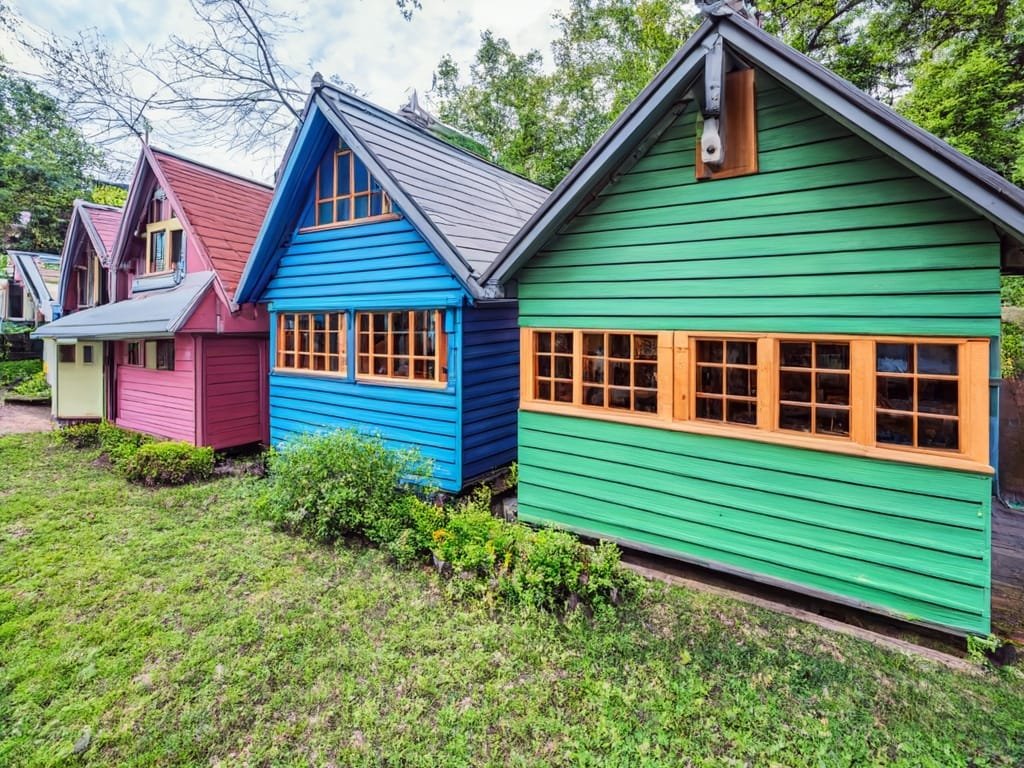
The concept of tiny houses has been gaining popularity in recent years, especially among those looking for a more affordable and sustainable housing option. A tiny house is typically defined as a dwelling that is less than 400 square feet in size, although some tiny houses can be as small as 60 square feet. These compact homes are often associated with the tiny house movement, which emphasizes simplicity, minimalism, and environmental sustainability.
One of the main advantages of tiny houses is their lower costs. Prices can range from $20,000 to $50,000 or more, depending on the size and features of the house. This makes tiny houses an attractive option for those looking to reduce their housing expenses. Additionally, tiny houses can be built on wheels, making them easy to transport and relocate, or they can be built on a foundation, providing a more permanent living solution.
The idea of tiny houses has been popularized by TV shows and social media, with many people sharing their experiences and designs online. This has helped to spread the idea of tiny living and inspire others to consider this minimalist lifestyle. Whether you’re looking to downsize, reduce your environmental footprint, or simply save money, a tiny house could be the perfect solution.
What Exactly Is an Amazon Tiny House?
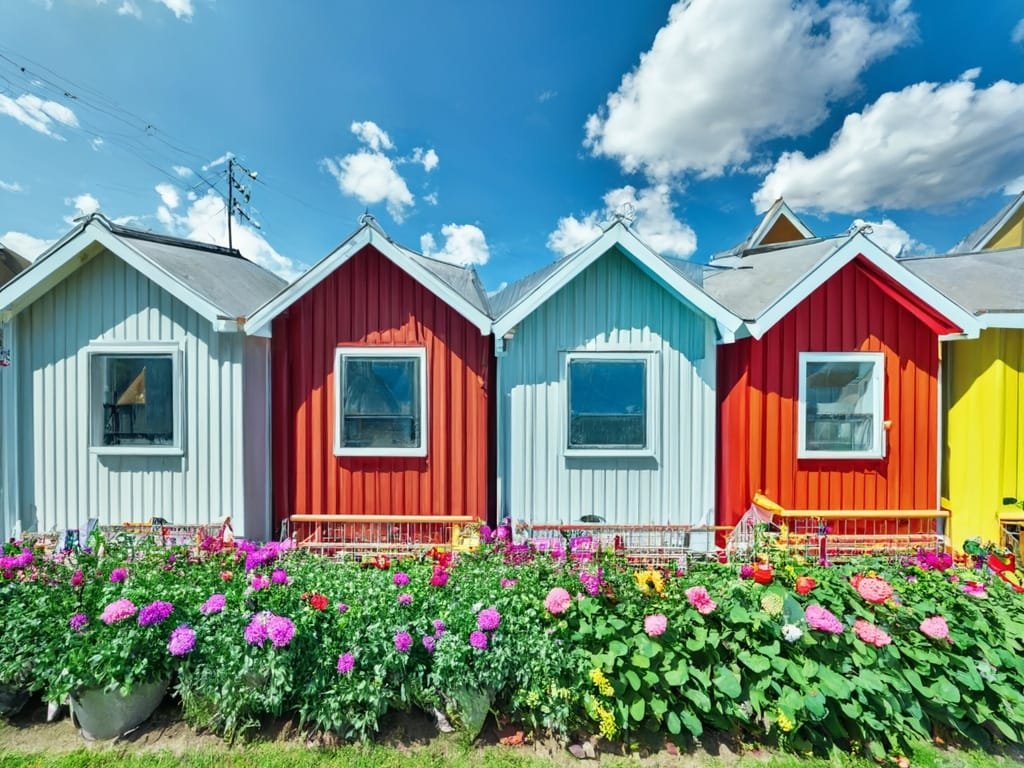
Simply put, it’s a tiny house you can order online from Amazon. You pick your design, it ships to your door, and you build it. Most tiny homes for sale on Amazon are delivered in pieces and require assembly, so be prepared for some hands-on work.
Typically, these houses are small structures, often under 400 square feet. They’re made to be compact without skimping on essentials.
Here are a few key features you’ll likely find:
- Prefab designs that come with a blueprint.
- Wood or steel frame construction.
- Spaces for bathrooms, kitchens, and living areas.
- Some even arrive with insulation.
- Doors that enhance design and functionality, such as double doors for natural light and durable materials for weather resistance.
Amazon tiny houses are not one-size-fits-all. You’ll find simple layouts for under $5,000, as well as luxury versions creeping past $50,000. Many tiny homes on Amazon are priced under $20,000, making them an attractive option for budget-conscious buyers.
Why Are People Buzzing About Them?
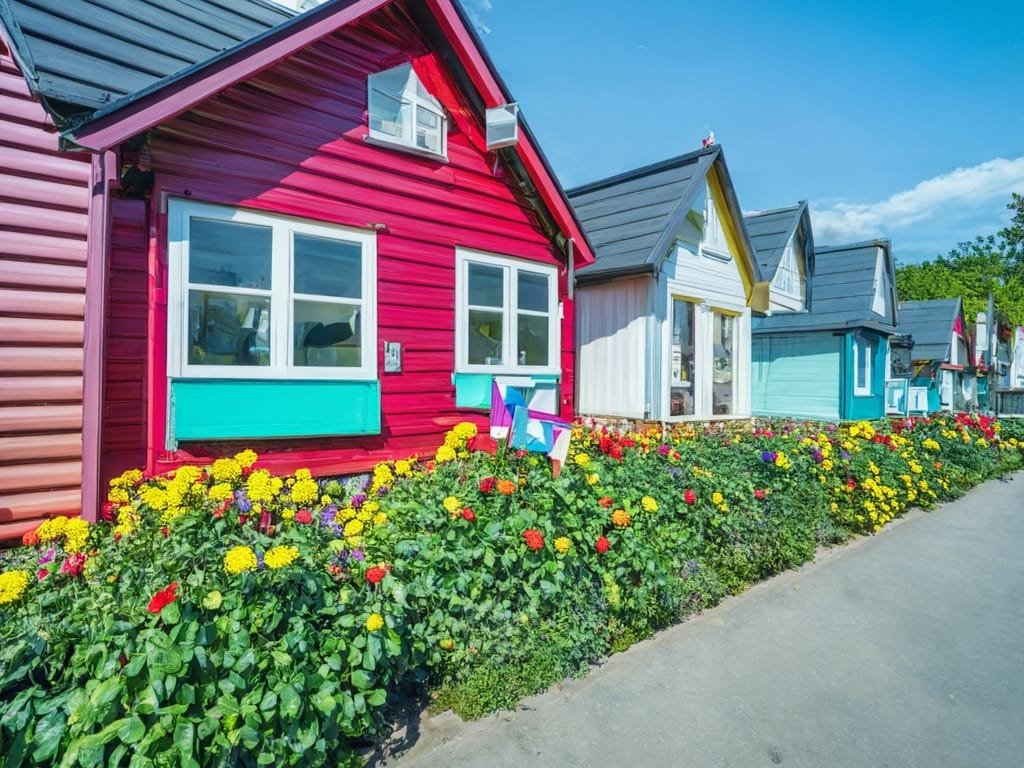
There’s a lot driving the hype, but here are the top reasons:
- Lower costs than traditional homes.
- Quick setup compared to custom builds.
- Minimal square footage, meaning less to clean or maintain.
- A chance to break free from massive mortgages.
- Ethical and environmental concerns about supporting a large business like Amazon versus a smaller, local business.
More and more people want affordable, eco-friendly living. Amazon tiny houses offer that—and more.
Types of Tiny Houses Available
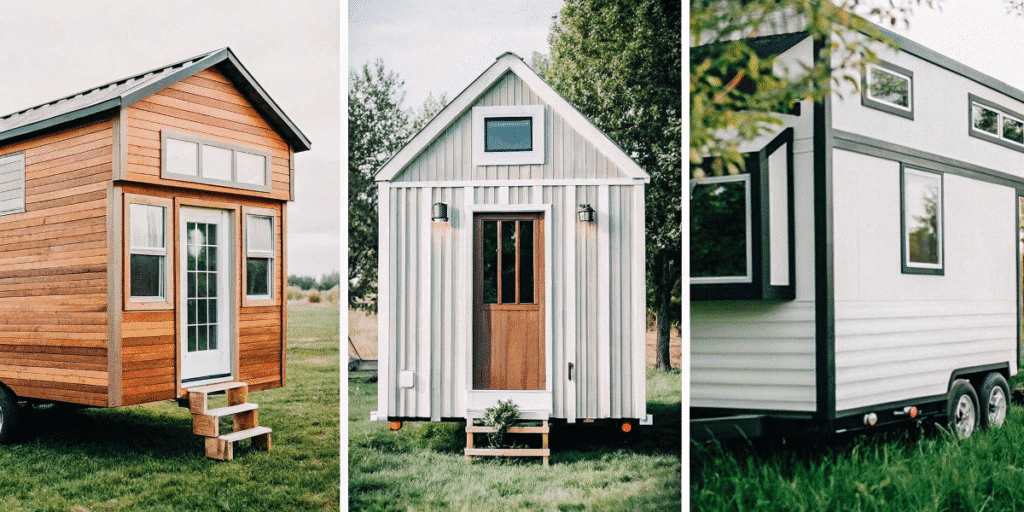
There are many types of tiny houses available, ranging from simple, DIY models to luxurious, custom-built homes. Some popular types of tiny houses include micro homes, tiny cottages, and tiny cabins, each with its own unique features and characteristics. These homes can be made from a variety of building materials, including wood, metal, and recycled materials, offering a range of options for those looking to build or purchase a tiny house.
Many tiny houses feature all the systems needed for comfortable living, including electrical wiring, plumbing, and insulation, making them a viable option for full-time living. Some designs prioritize natural light, incorporating large windows and skylights to create a bright and airy living space. Despite their small size, some tiny houses can even accommodate three bedrooms, although these bedrooms may be smaller than those found in traditional homes. The bathroom and kitchen may also be more compact, requiring careful planning and design to maximize the use of space.
Whether you’re looking for a simple, budget-friendly option or a more luxurious tiny home, there’s a wide variety of tiny houses available to suit your needs. With the right design and features, a tiny house can provide a comfortable and efficient living space that meets all your needs.
Will You Save Money With an Amazon Tiny House?
The cost factor truly depends on what you’re looking for. Here’s a breakdown that can help:
- Entry-level models start around $3,000 to $5,000.
- Mid-range ones with better designs are roughly $10,000 to $25,000.
- High-end designs with bathrooms can hit $50,000 or more.
You’ll also need a foundation, utilities, and maybe professional help to build it. Those are extra costs to consider. Additionally, it’s important to factor in future maintenance and repair expenses, as these can significantly impact the overall budget when owning a tiny home. Purchasing tiny homes from Amazon may involve hidden costs for permits and inspections, which can add to the overall expense.
Still, compared to a full-sized home averaging $300,000, it’s quite a deal.
Some Costs to Keep in Mind:
- Foundation work: Could be $3,000-$8,000.
- Utilities (electric, plumbing): Around $5,000 or more.
- Furniture or finishing touches.
- Ground preparation: Proper ground preparation is crucial to avoid issues, especially if the ground becomes wet, and can add to the overall cost.
All in, the bill may land anywhere from $20,000 to $100,000.
Not dirt cheap, but still way cheaper than a traditional home.
Are These Tiny Houses Really Livable?
It depends on your expectations. If you like small spaces and simplicity, they could be a dream come true.
That said, living comfortably requires planning. You can’t cram a full-sized sofa or king bed in there. Tiny homes can creatively adapt to family needs, including spaces for kids, such as playhouses or multifunctional areas that make the most of limited space.
How to Make the Most of Limited Space
- Multi-purpose furniture is your best friend. Think foldable beds or hidden storage.
- Use vertical space for shelves or hanging storage.
- Keep your belongings to a minimum.
Small homes mean big changes in how you live and organize.
If minimalism isn’t your thing, it might get tricky.
What Can an Amazon Tiny House Be Used For?
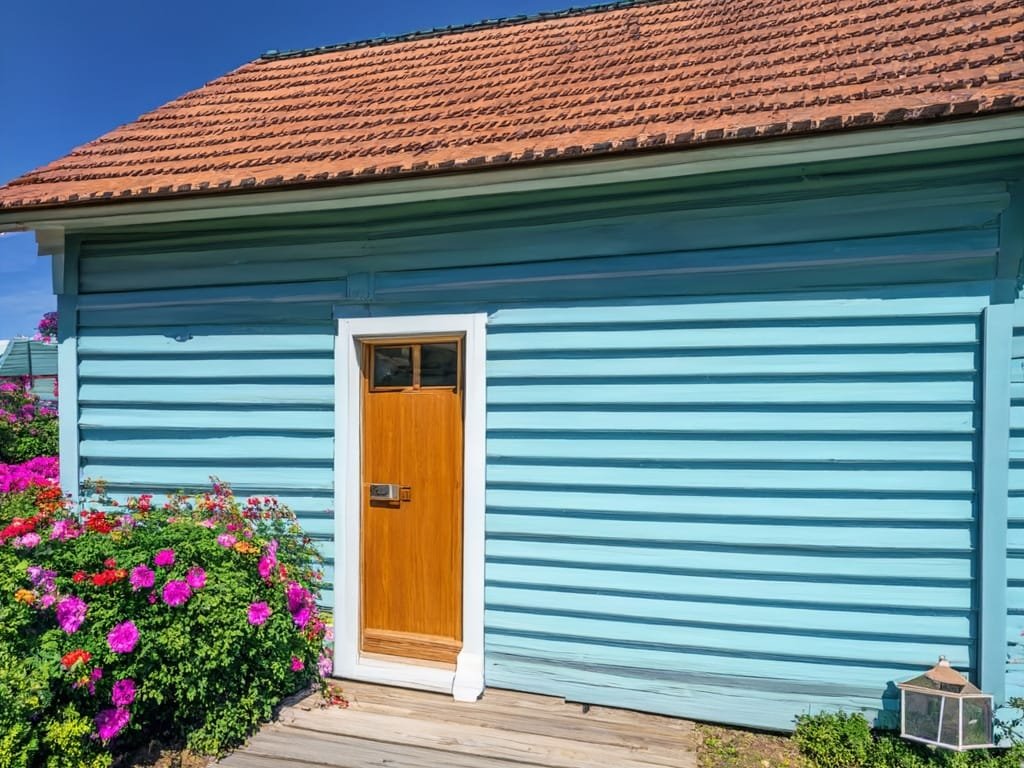
It doesn’t have to be your main home. Here are creative ways people are using them:
- Guest houses for friends and family.
- Home offices with peace and quiet.
- Rental units for extra income (think Airbnb).
- Vacation cabins for weekend getaways.
The uses aren’t limited to just living full-time. Tiny houses can serve your needs in unique ways.
How Do You Set One Up?
While these houses come prefab, setup isn’t always a breeze. Here’s what the process often looks like:
- Pick a location: Make sure your city or county allows tiny homes. Some places have zoning restrictions.
- Create a foundation: Decide between concrete slabs, piers, or skids. You cannot simply drop a tiny house on any surface; proper placement and infrastructure are essential to avoid structural issues.
- Unpack parts and follow blueprints: Some models are DIY, while others might need a contractor.
- Connect utilities: Plumbing, electric, and heating will have to be installed separately.
DIY or Hire Help?
- If you’re handy with tools, you might enjoy setting it up yourself.
- If the project feels overwhelming, call in a pro.
Most houses take 3-7 days to build with a team. For a solo DIYer, it might take a few weeks.
Tiny House Pros and Cons
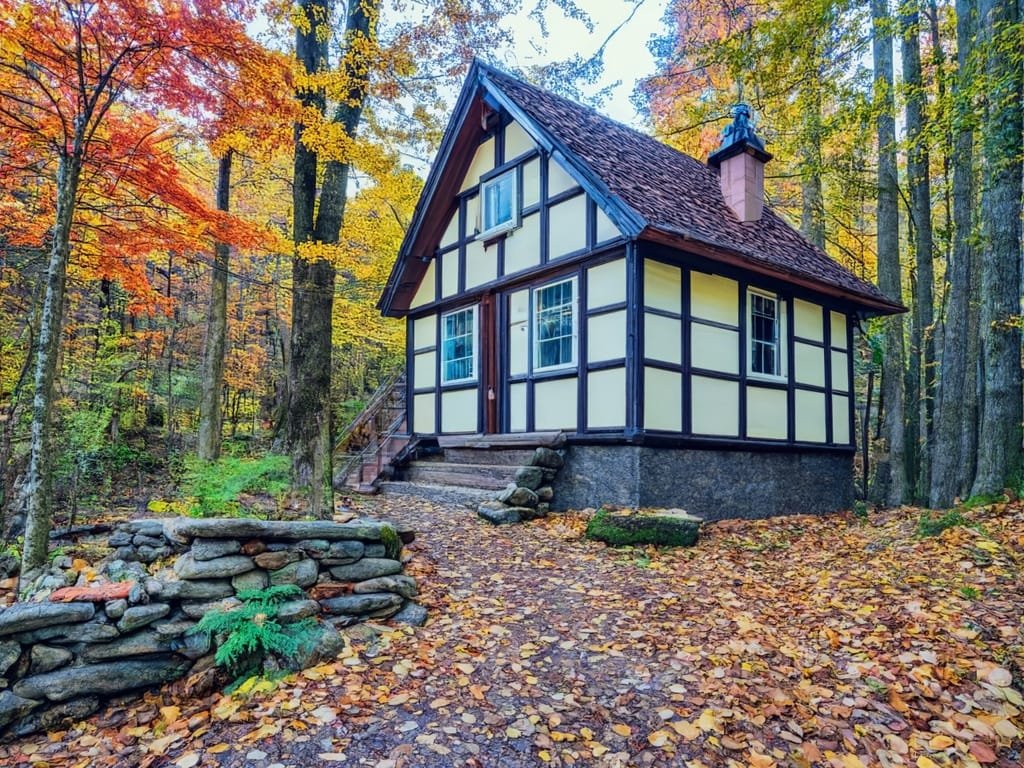
Before you purchase, weigh both sides.
These things might seem like common sense, but it’s good to highlight them. If something goes wrong with the purchase of a tiny home online, you might face potential issues and risks such as lack of customer protection and warranty support, unlike traditional tiny home builders who offer consultations and proposals. There is less protection and support for customers when something goes wrong with Amazon tiny homes.
Big Benefits:
- Affordability. Pay less for housing upfront.
- Eco-friendly. Less energy and materials are required.
- Downsizing. Keeps life simpler and clutter-free.
- Mobility. Some models can be relocated if needed.
Potential Downsides:
- Space limitations. No room for hoarders!
- Extra costs. Land, foundation, permits, and utilities add up.
- City restrictions. Some areas simply don’t allow them.
- Durability questions. Cheaper models may not stand up to harsh weather.
These things might seem like common sense, but it’s good to highlight them.
What About Zoning and Building Rules?
Rules vary by location, which can complicate things. The last thing you want is to buy and find out you can’t use it. The reality is that navigating legal and regulatory aspects when purchasing tiny houses can be complex, often complicating what might initially seem like straightforward decisions.
Be Sure to Check:
- Local zoning laws: Some areas won’t permit tiny homes for full-time living.
- Building codes: High-quality construction may be required.
- HOA Restrictions: Your neighborhood might have rules against tiny houses.
The last thing you want is to buy and find out you can’t use it.
Are They Built to Last?
Amazon tiny houses are pretty durable—if you buy the right one. However, many Amazon tiny homes may not be suitable for full-time living due to a lack of crucial elements, such as proper insulation or essential amenities.
Cheaper models, especially those under $10,000, may not be ideal for extreme climates. Wind, snow, and heavy rain can take a toll on these lightweight structures.
Higher-end options with proper insulation, roofing, and sturdy materials are a better bet. Assembling the structure can be complex and may require professional assistance, especially when dealing with prefabricated kits that arrive in pieces.
Ways to Improve Durability:
- Add extra weatherproofing, like waterproof paint or additional insulation.
- Use a solid, leveled foundation.
- Make sure the roof has enough slope for rain to slide off.
Budget models can work well for mild climates or short-term use.
For full-time living, you’ll want to spend more for something that holds up.
Who Should (and Shouldn’t) Buy an Amazon Tiny House?
Perfect For:
- People wanting affordable housing.
- Minimalists prioritizing simplicity over space.
- Those needing additional rooms, like an office or guest quarters.
- Anyone seeking eco-friendly living.
Not Ideal For:
- Large families or people who hate tight spaces.
- Someone uncomfortable with DIY assembly or extra setup costs.
- Buyers in cities with severe zoning restrictions.
Questions to Ask Yourself:
- Do I love small spaces?
- What’s my budget, all-in?
- Can I handle assembly, or will I hire help?
- Is my town okay with tiny homes?
If your answers align, an Amazon tiny house might be just right!
Tips for Picking the Right Amazon Tiny House
Every model offers something different. Here’s how to choose wisely:
- Set your budget. Include extras like land, foundation, and utilities. It is important to mention additional expenses beyond the initial purchase price, such as labor, permits, and ongoing maintenance.
- Think about usage. Full-time home, vacation cabin, or rental unit?
- Check reviews. Past buyers often reveal a lot about quality and usability.
- Be realistic. Don’t expect a $5,000 model to have luxury features.
Search for designs that fit your lifestyle, not just your wallet.
Amazon Tiny Houses vs. Building One From Scratch
If you’re on the fence, here’s some perspective.
Amazon offers convenience, but full customization will cost—and take—more. Of course, assembling tiny homes purchased online comes with its own set of challenges and complexities, often requiring professional assistance to navigate hidden expenses and difficulties.
Amazon Tiny Houses:
- Quick purchase and delivery.
- Comes with a prefab plan—minimal designing.
- Affordable base price.
Building From Scratch:
- Fully customizable to meet your taste.
- Takes way more time and effort.
- Costs can skyrocket if plans change or delays happen.
Amazon offers convenience, but full customization will cost—and take—more.
Should You Consider an Amazon Tiny House?
It all comes down to what you need.
If you’re after affordable, simple living or bonus space, an Amazon tiny house is worth exploring. They’re quick, accessible, and come with plenty of options.
But if you crave luxury or can’t handle the setup process, you might need a different approach.
Amazon tiny houses aren’t for everyone, but they can absolutely work for the right person. When purchasing a tiny home, it’s crucial to make an informed decision by researching both the benefits and potential risks.
If simple and compact living speaks to you, why not see if an Amazon tiny house fits your dreams?
